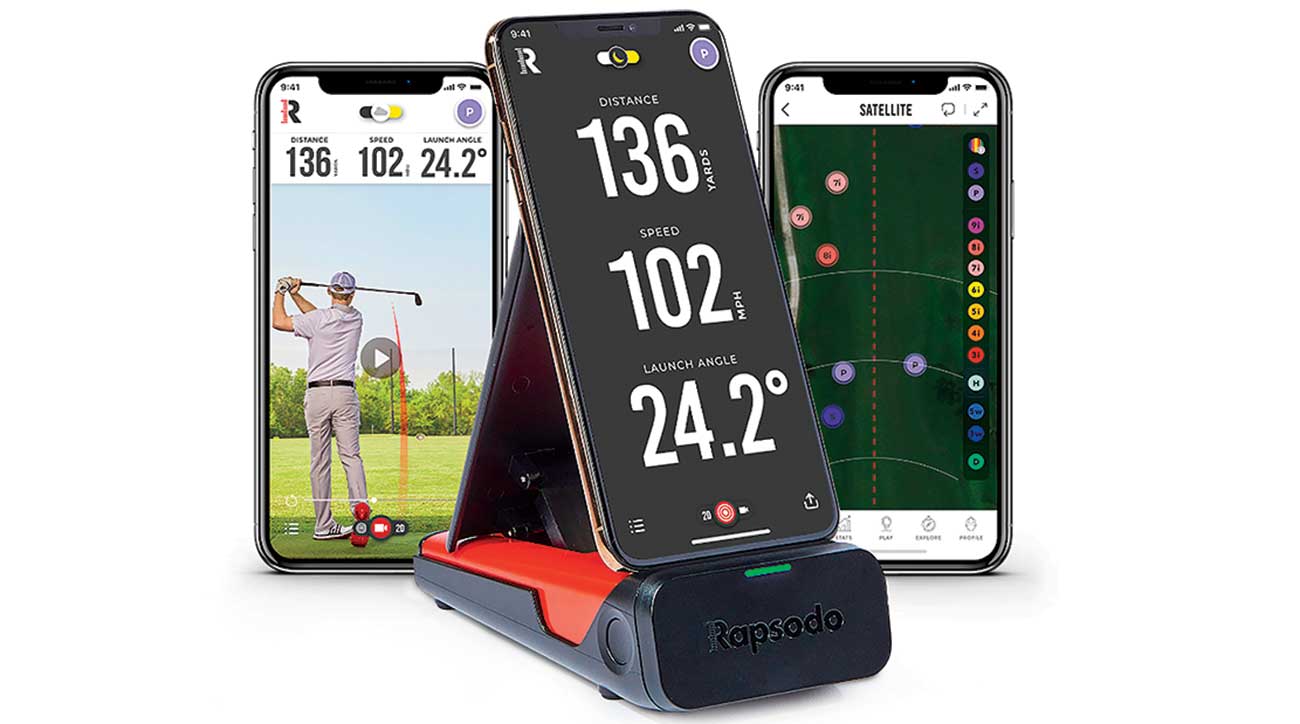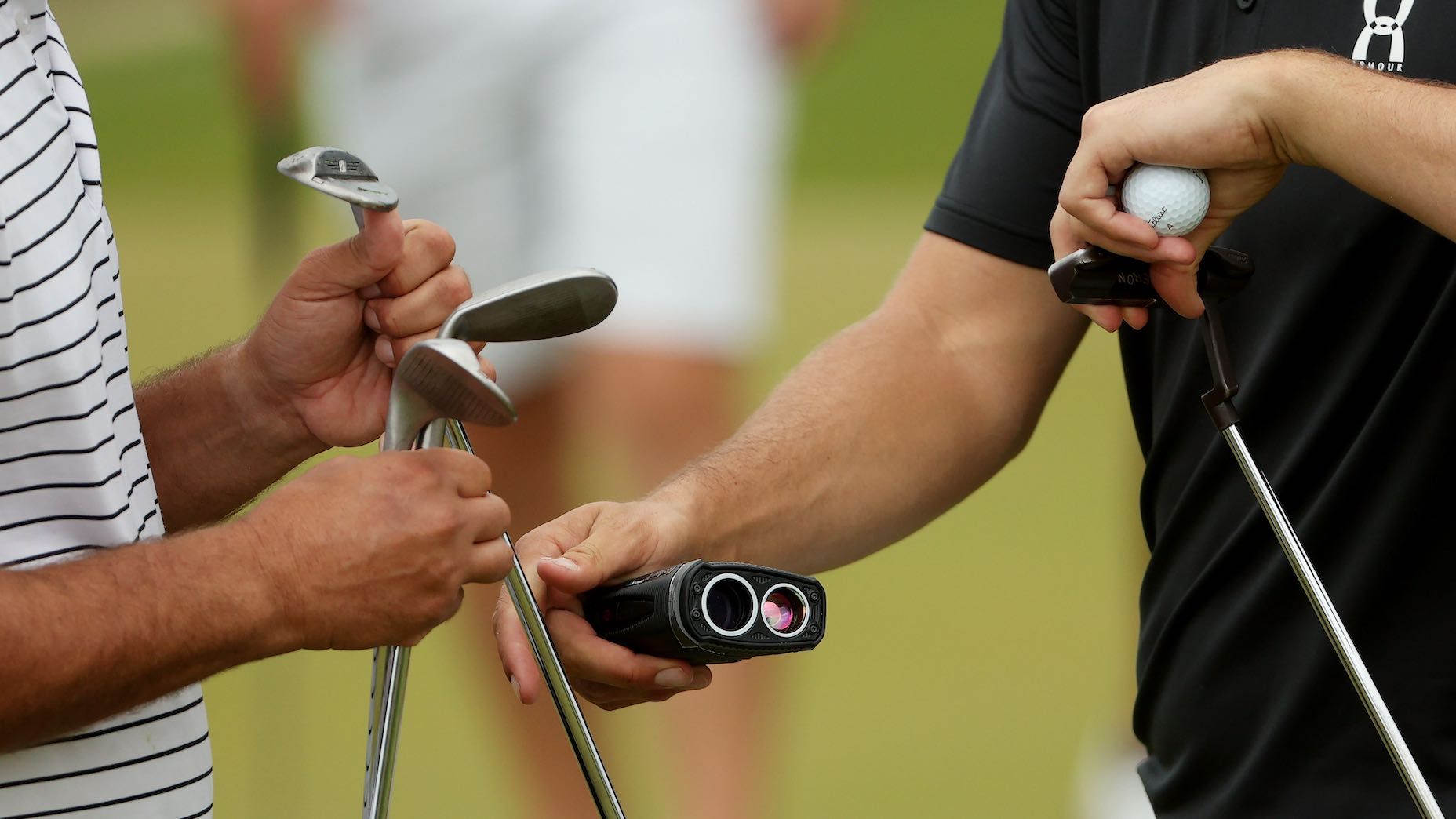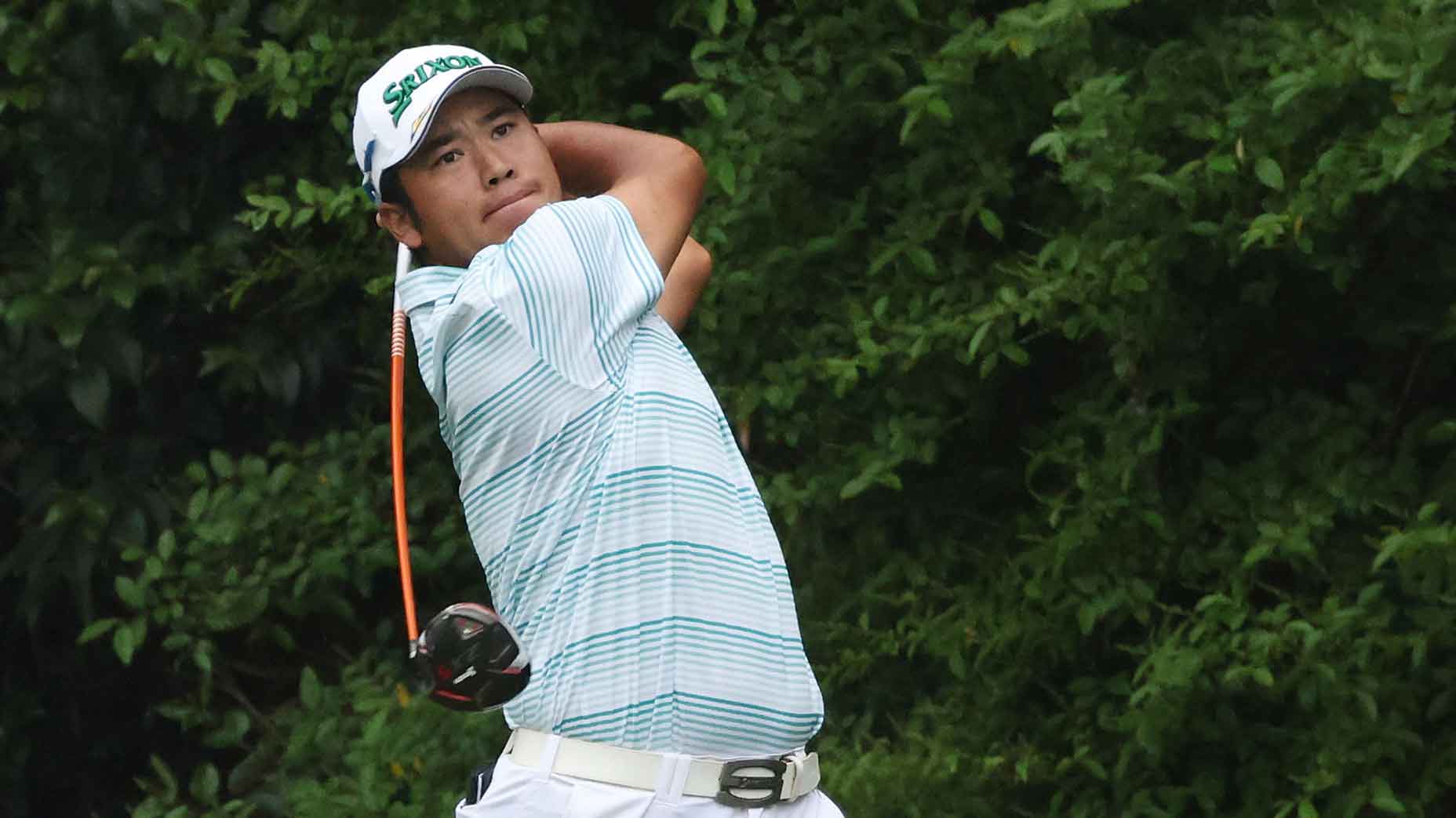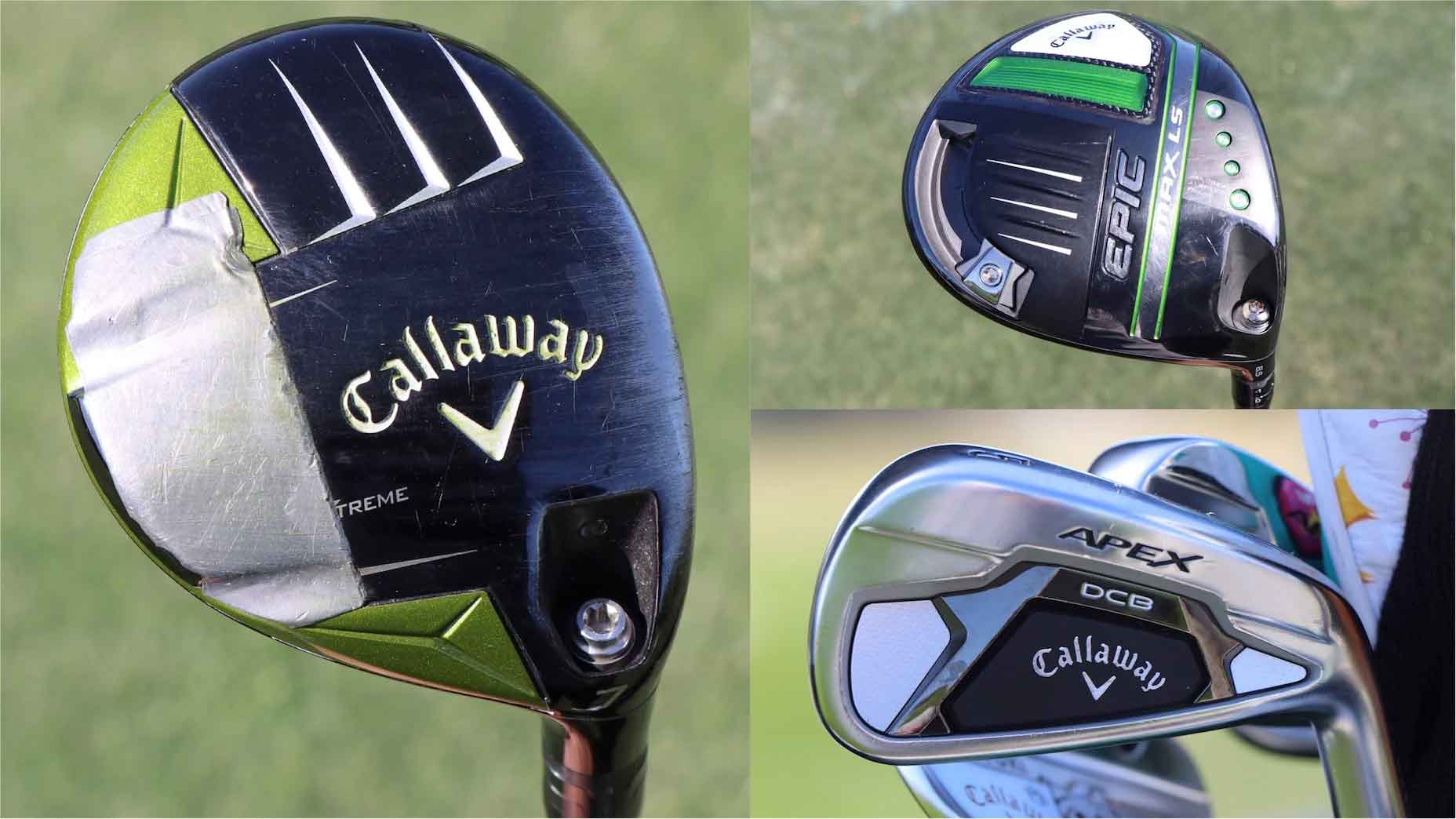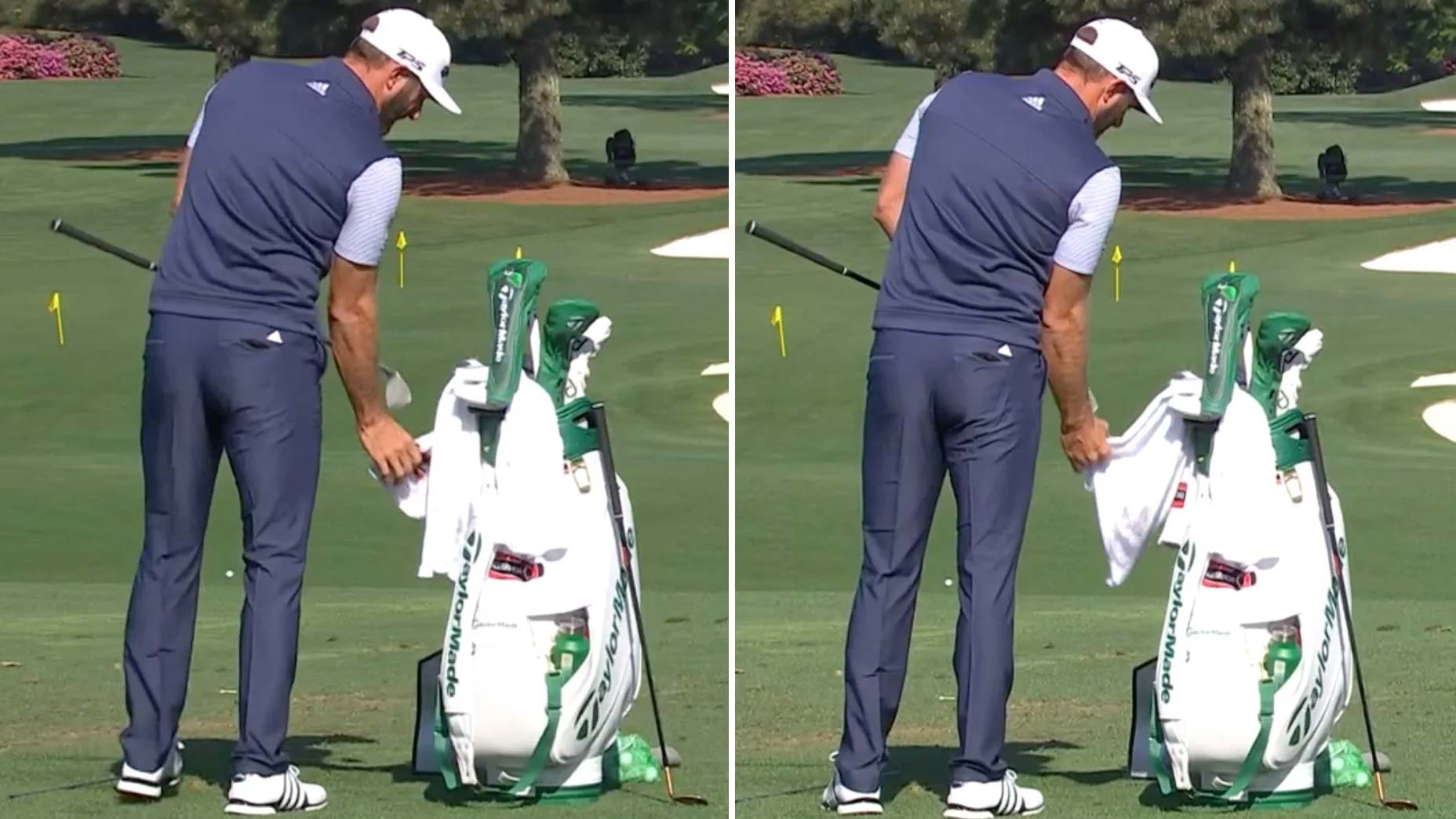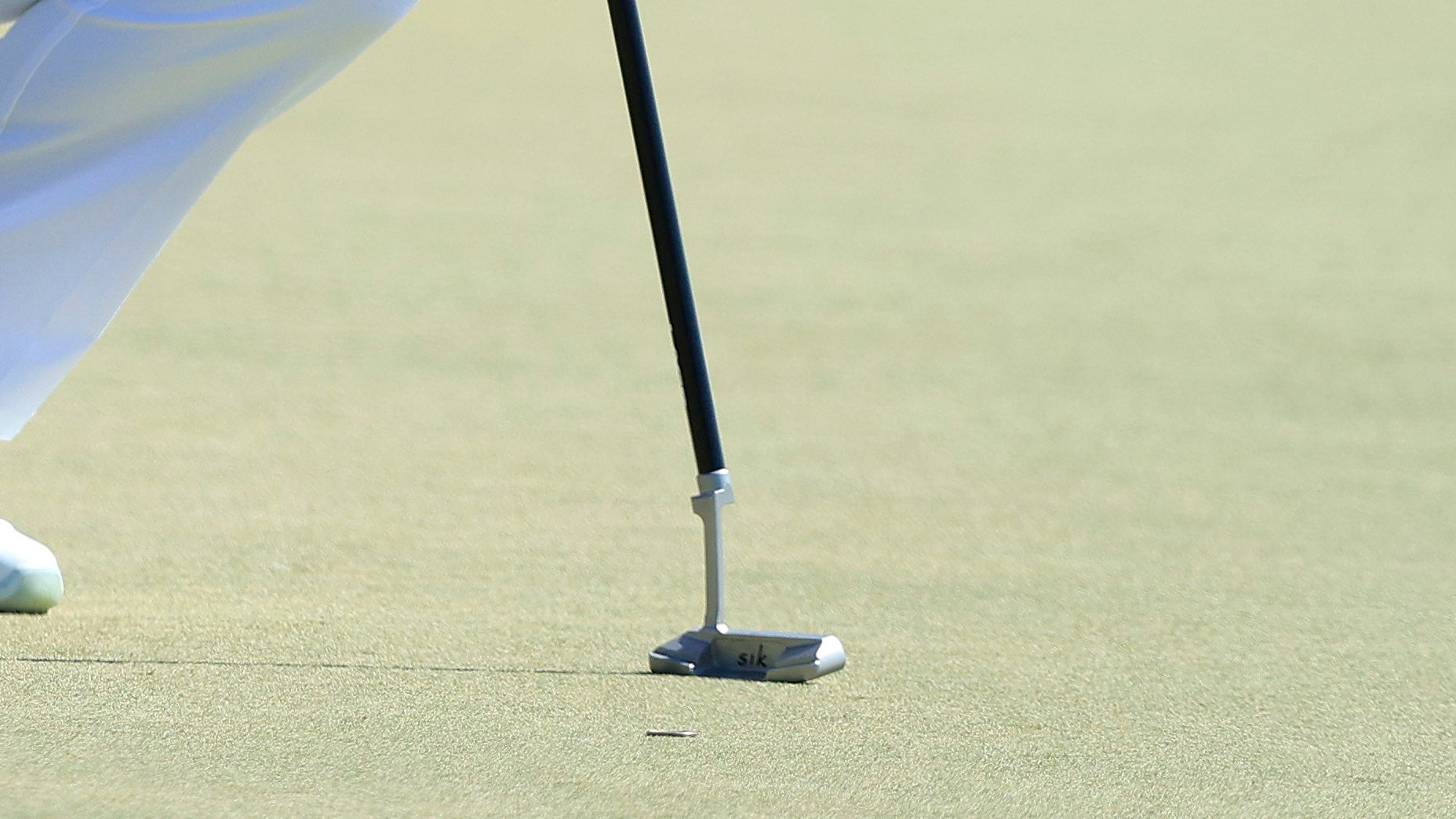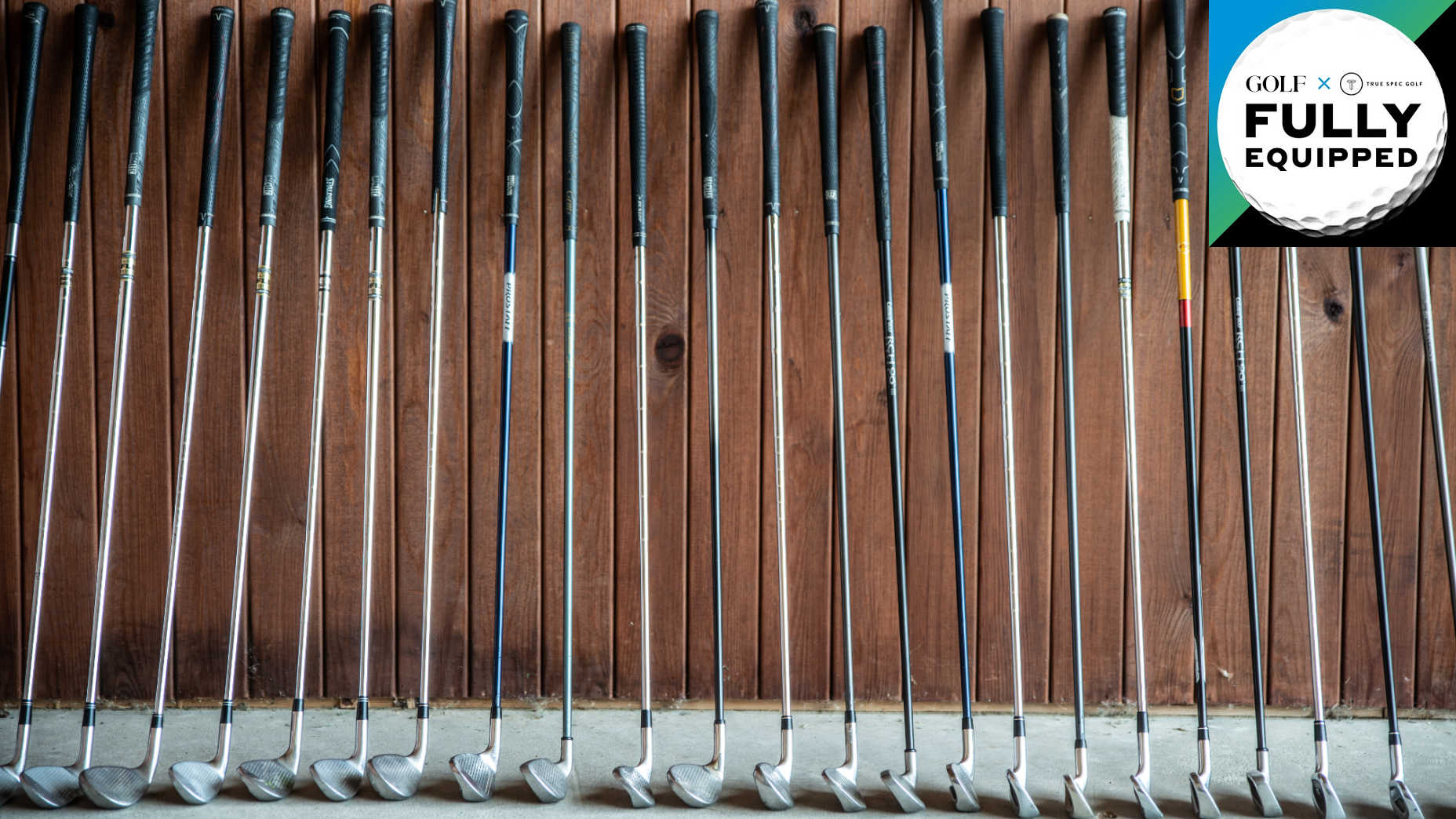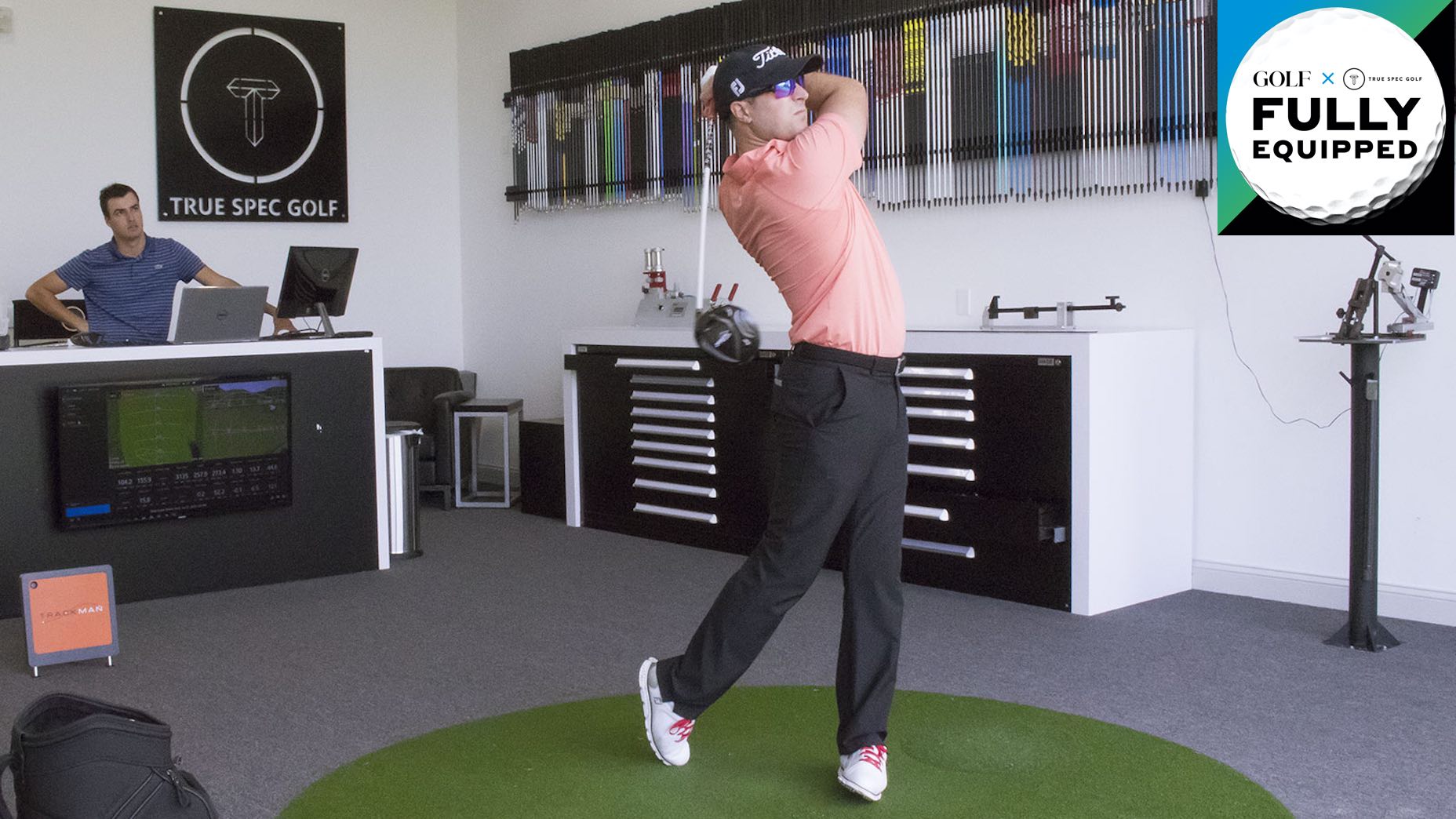3 questions you should ask a club-fitter before going through a fitting
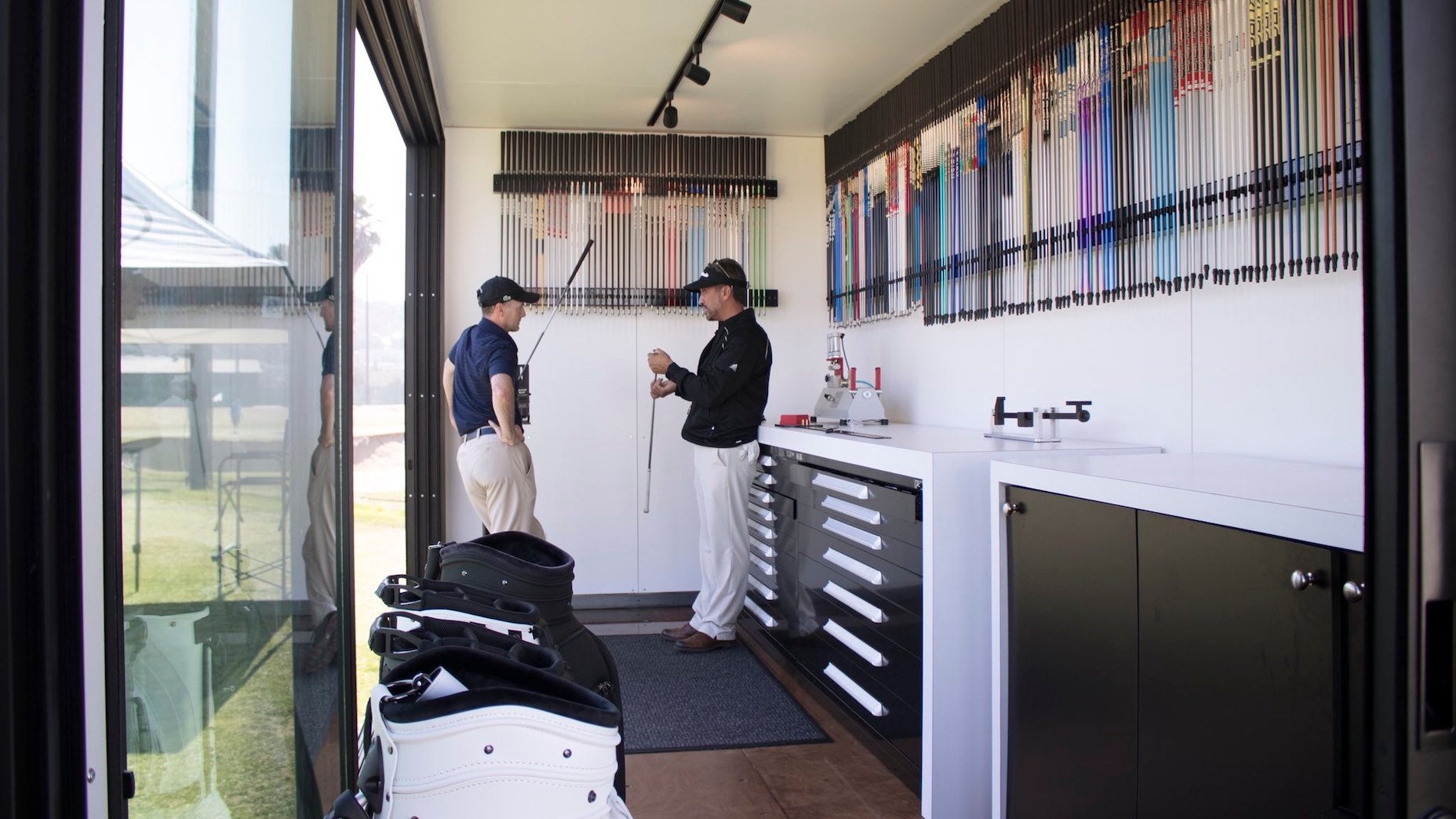
For those who are looking to get fit, here are important questions to keep in mind.
Courtesy photo
Welcome to Fit Factor, a new GOLF.com series in which we’re shining a light on the importance of club fitting, powered by insights, data and other learnings from the experts at our 8AM Golf sister company, True Spec Golf.
In a recent episode of GOLF’s Fully Equipped podcast, we grilled True Spec’s VP of Tour and Education, Kris McCormack, on some common club-fitting questions. We’re continuing the discussion with three questions you should be asking your club-fitter in advance of a fitting.
***
It might seem odd grilling the expert when you’re the one searching for club answers, but it’s important to ensure the fitter you’re about to spend your hard-earned money with has the necessary tools to conduct a proper fitting. So before you book a session to figure out if you need a new set of irons, give your fitter a call and see how they answer the following questions.
Their answers will tell you a lot about how they conduct fittings, and if their setup is conducive to your game.
1. Do you have a launch monitor?
These days, it feels like every tour player has a launch monitor by their side. Reliable $500 options even exist for recreational golfers who have little interest in plunking down $10,000-plus for all the bells and whistles they might not need.
The beauty of a launch monitor is in the real-time information it provides. For a golfer who knows what they’re looking for, the data can highlight problem areas with your club and/or swing. A fitter uses a launch monitor the exact same way, narrowing down the field of potential products to a handful of strong candidates after establishing a baseline based on your current driver build.
Simply put, a launch monitor will make your fitting session much more efficient and, more often than not, get you into a shaft and head setup that’s ideal for your game. Some fitters have old-school tendencies, but nearly every one of them relies on a launch monitor in some form or fashion these days.
If a launch monitor isn’t in the cards, consider an alternative fitting option.
Kris McCormack (True Spec VP of Tour and Education): “It never ceases to amaze me how many golfers tell me, ‘Yeah, I got fit.’ Okay, did they use TrackMan, Foresight, Flightscope, something? And the answer is, ‘Nope, it was just out on the range with a lie board.’ And you’re like, ‘Oof, got it.'”
2. How many club brands do you have available?
It’s good to have options. Brand agnostic pros like Brooks Koepka and Scottie Scheffler have found success on the course with multiple brands in the bag. It’s a reminder that while you might end up playing one driver brand, that doesn’t necessarily mean you’re going to wind up with 14 clubs from said brand.
This is where a good fitter comes into play.
Assuming your fitter has a variety of brands at his or her disposal, there’s a better than good chance you’ll end up with at least two or three different brands if you’re going through a full bag fitting. They may be household names or you might find a more obscure brand to your liking.
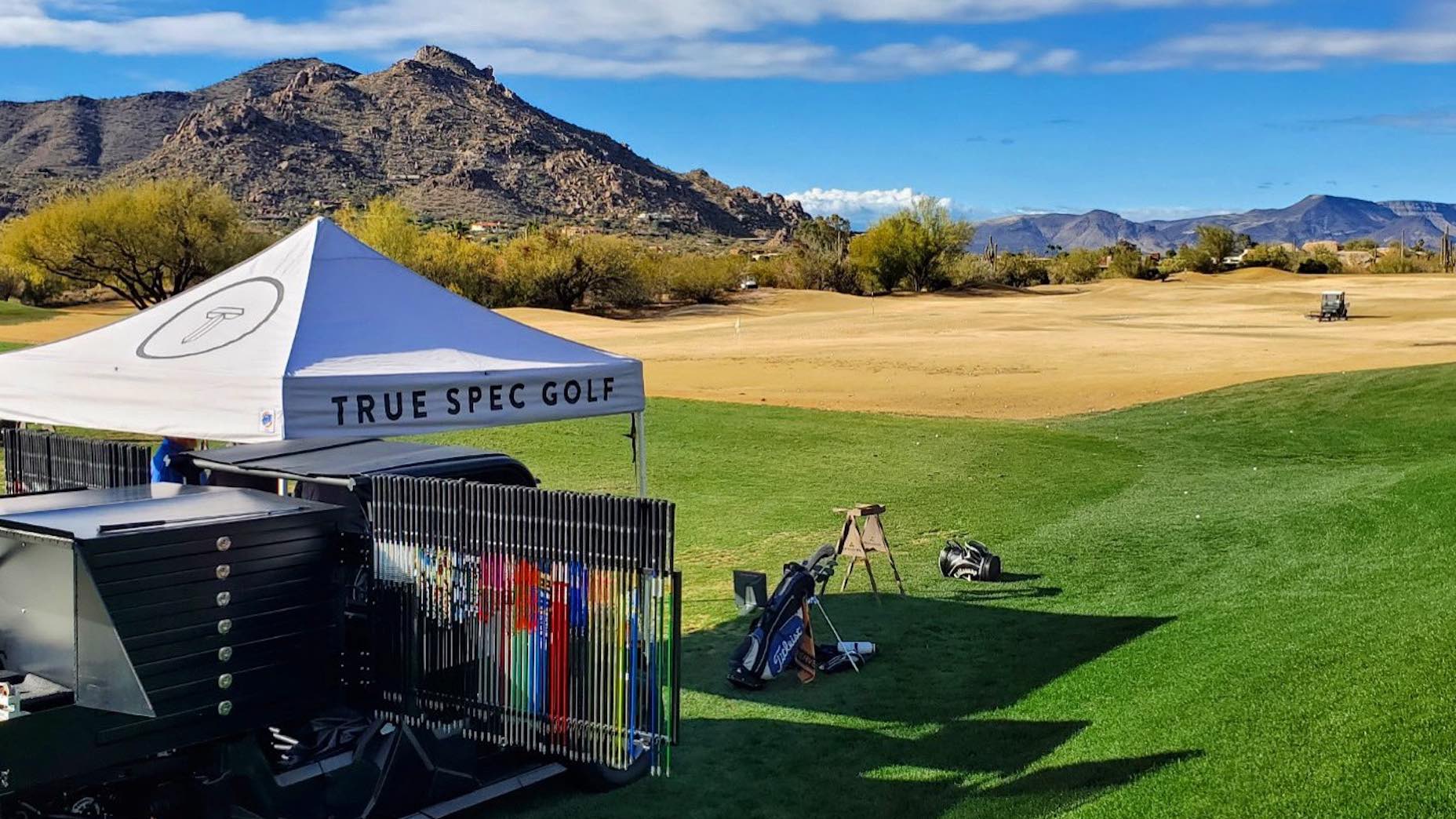
The most important part is having the opportunity to figure out what’s best for you. If your fitter is closely connected to a few brands and doesn’t have a diverse club matrix, it’s going to negatively affect your session. Who knows, maybe you end up going with a driver that would’ve come in third or fourth had you gone through a fitting with a more robust matrix. This is something you don’t want to leave to chance.
McCormack: “If you’re going to see someone for a fitting and they have two brands, three brands to choose from, you’re leaving stuff out on the table there. There’s so many good golf clubs out there, and just because you end up in a Ping driver, that doesn’t necessarily mean you’re going to have Ping fairway woods. I always tell my guys to ask how many products are available to test if you’re going to go get fit.”
3. How many shaft brands do you have available?
When you ask the second question, go ahead and get a list of their shaft offerings as well. Equipment companies have done an admirable job expanding the list of stock shaft offerings — shafts offered with the driver at no additional cost — in recent years. If you’re buying the driver online, you simply have to click through the shaft options to make your selection. But if you’re going to get fit, there’s no guarantee the fitter’s shaft matrix will have every option available during the session.
Shaft technology continues to improve at a breakneck pace — to the point that some would contend the shaft is just as important as the head. The more options you have to pair with a particular driver head, the better.
It’s all about tightening dispersion and trying to squeeze every yard out of a head with the optimal launch and spin characteristics. Having the correct shaft in a driver or iron will get you that much closer to making that dream a reality.
McCormack: “Same question for shaft availability. There’s guys out there moving that driver 110-plus miles per hour that might only have two shafts to choose from. If neither of those work, we might have to start over somewhere else.”
Want to overhaul your own bag for 2021? Visit the expert fitters at our sister company, True Spec Golf. For more on the latest gear news, check out our latest Fully Equipped podcast below.

